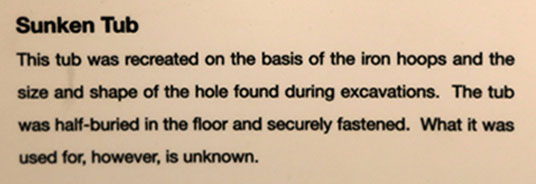Dejima
In 1636, the Edo Shogunate ordered the people of Nagasaki to create the artificial island of Dejima. Many Japanese people had converted to Christianity because of the efforts of Portuguese missionaries and traders, and it was hoped that confining the Portuguese to the island would stop this trend. The island was uninhabited briefly in 1639 when Poruguese ships were banned from Japan entirely, but the Dutch East India Company soon moved their operations there. For the next 200 years, while Japan pursued a policy of isolationism, Dejima was the only port open to the outside world.
The island itself is fan shaped. It's about 230 feet long on the east and west sides and 623 feet on the north side. Actually, the word "island" almost seems inappropriate to describe Dejima. While it is true that the area is completely surrounded by water, it is only a couple of feet from shore.
Today Dejima is a National Historic site. The restored buildings contain exhibits of interesting objects and rooms arranged to evoke the ambiance of the time.

















